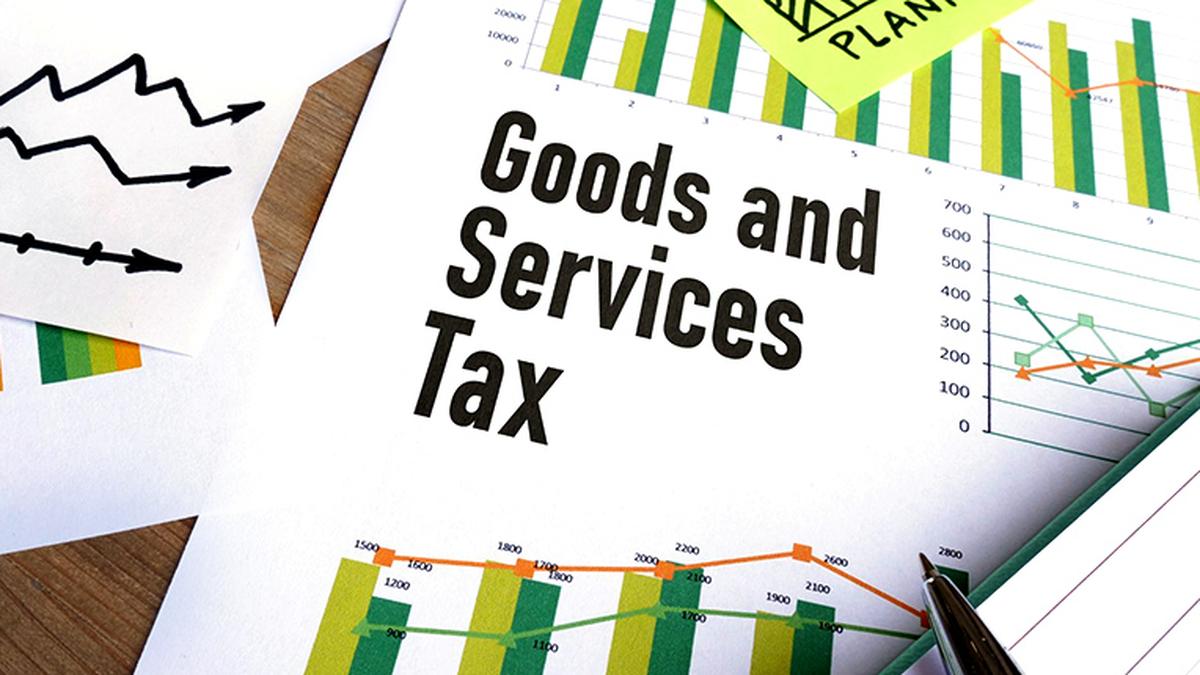The growth of the Indian economy in the age of rising digitisation has had a visible impact on every sector. Conventional consumer buying patterns have made way for new-age behaviour shaped by online presence, which has deeply contributed to the growth of an important but lesser-known pillar of the insurance industry — marine insurance. However, what’s significant here is that this growth is intertwined with a growing consumer affinity towards online mediums.
While this shift is not new to directly consumer-facing industries, this marks the advent of the digital era for a traditional business-facing sector like marine insurance. The convenience and potential for substantial cost reductions through online channels have been major drivers of this trend. Also, the increasing number of repeat customers opting for online transactions underscores a growing confidence in these platforms. Contrary to conventional assumptions, consumers have found online claims processes to be not only streamlined but occasionally more efficient than traditional methods, further bolstering trust in online transactions.
Cost-efficiency, transparency, convenience of digital mediums
Traders and companies procuring marine insurance regularly are increasingly turning to digital aggregators or other online platforms to meet their insurance needs. This shift stems from the recognition that marine insurance, being a standardised product, lends itself well to comparison across various providers, potentially resulting in substantial cost savings. Undeniably, online platforms also offer customers convenience, transparency, and the ability to simultaneously evaluate multiple products, empowering them to make informed decisions.
Moreover, clients stand to benefit significantly in terms of cost savings. Our data suggests that the digital mediums can yield savings of up to 40% or more compared to traditional channels. The growing adoption of online shopping among marine insurance customers can be predominantly attributed to its cost-effectiveness.
Albeit minor, but there’s been a growth in the number of repeat online buyers as well, which highlights growing trust in digital channels. Those who now buy marine insurance online, in contrast to popular belief, find greater transparency and convenience in the online claims process. This change in perspective vouch for the efficiency and dependability of the digital mediums, even in primarily B2B facing industries like marine insurance. The shift towards online purchasing could be expedited if consumers grow more accustomed to the simplified experiences provided by these channels.
Demand surge trends observed post-COVID 19
The COVID-19 pandemic has had a substantial impact on global trade and supply chain dynamics, which has led to a remarkable 16% increase in demand for maritime cargo insurance. The outbreak has highlighted how crucial it is to use risk mitigation techniques and all-inclusive insurance coverage to lessen losses resulting from supply chain interruptions. Predictions for the post-pandemic era point to a persistently strong demand for maritime insurance as businesses work to strengthen their defences against unanticipated setbacks.
One noteworthy development since the outbreak began is a significant 60% increase in single transportation inquiries. This pattern demonstrates the increasing demand for adaptable, short-term coverage options catered to certain shipments and transportation requirements.
Here are some interesting industry trends observed -
- Traders dominate the market
With a market share of 40%, traders remain the predominant consumer base inclined towards embracing marine insurance, followed closely by manufacturers at 30%, with individuals and transporters comprising 8% and 22% respectively. These adoption patterns across industries underscore the nuanced requirements and risk profiles inherent within each sector. Insurers must grasp these intricate business dynamics to tailor their offerings effectively, delivering targeted solutions that adeptly address the specific demands of each market segment. To navigate the escalating intricacies of global trade and transportation, businesses seek insurance solutions characterised by enhanced flexibility and agility.
- Preferred Sum Insured
Given the diverse spectrum of cargo valuations and associated risk profiles addressed under annual open policies, the prevalent sum insured typically ranges up to ₹1 crore. Household commodities commonly carry insurance coverage extending up to ₹5 lakh, while a predominant sum insured for individual transit stands at ₹25 lakh. These selections underscore the critical importance of aligning coverage with risk exposure and cargo valuation to ensure adequate safeguarding.
- Mode-Specific Coverage Needs
Ninety-eight percent of consumers opt for singular transit insurance for road transport, highlighting a predominant preference within the market. Additionally, 87% of clients exclusively seek coverage for automobile transportation, underscoring the imperative for tailored insurance solutions that cater to the distinct requirements of diverse transportation modes. It is incumbent upon insurance enterprises to provide specialized policies adept at mitigating the specific risks associated with each mode of transport.
- Preference for Complete Coverage
The heightened demand observed for ITC-A (All Risk Cover) compared to ITC-B (Basic Cover) underscores a conspicuous preference among customers for comprehensive coverage. This inclination toward complete insurance signifies a prioritization of risk mitigation over mere regulatory compliance, even at the expense of a higher premium. Such dynamics catalyse overall market expansion. This trend underscores the evolving risk landscape and underscores the imperative for robust risk management strategies to safeguard against prospective losses.
In summary, the marine insurance market is undergoing a significant transformation driven by evolving consumer preferences and emerging trends. Insurance firms must leverage technological advancements to offer tailored solutions and enhance transparency to address the evolving demands of their clientele effectively. By comprehensively understanding and embracing these pivotal trends, insurers can adeptly navigate the complexities of the marine insurance sector and foster sustainable growth in the digital era.
(Sajja Praveen Chowdary is Director, PB For Business)

 2 weeks ago
107
2 weeks ago
107


